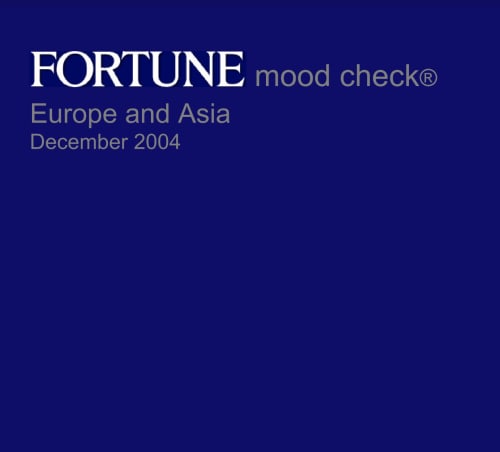Segmentation was a popular topic at ESOMAR’s 2005 Digital Futures Conference. A number of papers focused on segmentation techniques to help provide more accurate forecasting tools, better business models or more targeted marketing programmes. There were also some interesting applications for media research.
Audience segmentation is of course nothing new – demographic, psychographic and lifestyle segmentations have been around for many years. These are usually based on different concepts and cluster analyses of survey data. More often than not those involved have their own hobbyhorse of ‘best practice’ with scant regards to compatibility. If something gets published it is because it serves a particular media owner well. More importantly, it satisfies advertising agencies’ demand for audience data that goes beyond head counts, basic demographics and income breaks.
Audience segmentation is of course nothing new – demographic, psychographic and lifestyle segmentations have been around for many years. These are usually based on different concepts and cluster analyses of survey data. More often than not those involved have their own hobbyhorse of ‘best practice’ with scant regards to compatibility. If something gets published it is because it serves a particular media owner well. More importantly, it satisfies advertising agencies’ demand for audience data that goes beyond head counts, basic demographics and income breaks.
This brings me Nice-based Style-Vision (http://www.style-vision.com/) whose aim is to help clients anticipate consumer needs before they arise so the right products, services and communication programmes can be created to satisfy future needs. Today’s consumption pattern of individuals is not just determined by demographic characteristics or life-styles but "is becoming a reflection of their inner psyche," said Kristine Oustrup, managing partner of Style-Vision.
To get into the mind of consumers the company developed a mood consumption theory that traces its roots to Jung’s personality types and the Myers-Briggs Type Indicators of the 1940s. Based on four psychological axes (introvert vs. extravert, conceptual vs. material, emotional vs. logical, organized vs. spontaneous) the following mood segments have been identified:
Innovation Mood (seeking for experience), where strong-willed individuals strive to plan, to invent, to improve and search for new knowledge and understanding;
Perfection Mood (seeking for efficiency), where practical individuals are guided by a strong sense of tradition, ethics and correctness combined with a keen sense of social order;
Intuition Mood (seeking for compassion), which is about meaningful relationships, empathy and understanding of others; and finally
Satisfaction Mood (seeking for pleasure), where fun-loving and egalitarian individuals engage in spontaneous action to avoid boredom.
Readership Segmentation
FORTUNE magazine has been the first publication to run a ‘mood check’ of their readers in Europe and Asia. The survey of over 2,300 individuals was conducted online mid December 2004, using word and image associations as well as psychological questions.
Maybe surprising, two thirds of Fortune’s audience of hard-nosed and successful executives turn out to be conceptual rather than material in their vision of the world. They are also more logical and fact driven rather than emotional or people driven and the majority are rather introvert in their relationship with others.
Most readers (41%) belong to the Innovation Mood followed by 24% in the Intuition Mood, 21% in the Perfection Mood and the remaining 14% in the Satisfaction Mood (see chart). Whilst overall the Innovation Mood dominates the Perfection Mood gains ground within the 55-plus age group – many of them have moved to the top level, and preservation of the social order is probably high on their agenda.
The dominance of the Innovation Mood distinguishes Fortune’s readers from non-readers but this has not been recognized by advertisers. Parallel to the same survey a panel of marketing and design experts analysed over 100 advertisements from recent issues of Fortune. Based on their visual style and content these too were categorized into mood segments. Interestingly over a third of all advertisements seem to correspond to the Perfection Mood and less than a quarter to Fortune’s dominant Innovation Mood.
"Advertising campaigns in Fortune could be more focussed on the Innovation Mood in order to make more successful emotional connections with the reader," according to Oustrup. It is certainly an interesting approach and Fortune deserves praise for trying out new ideas and provide ‘advertisers and their agencies with new insights and a greater understanding of both media consumption and behaviour’, so Fortune’s Publisher, Andy Bush. More publishers should follow suit.
